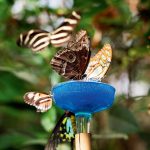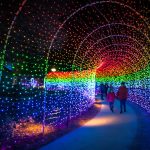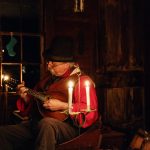Beyond Camelot | Local Treasure
Side by side in Boston, two Kennedy museums illuminate the enduring promise of democracy.
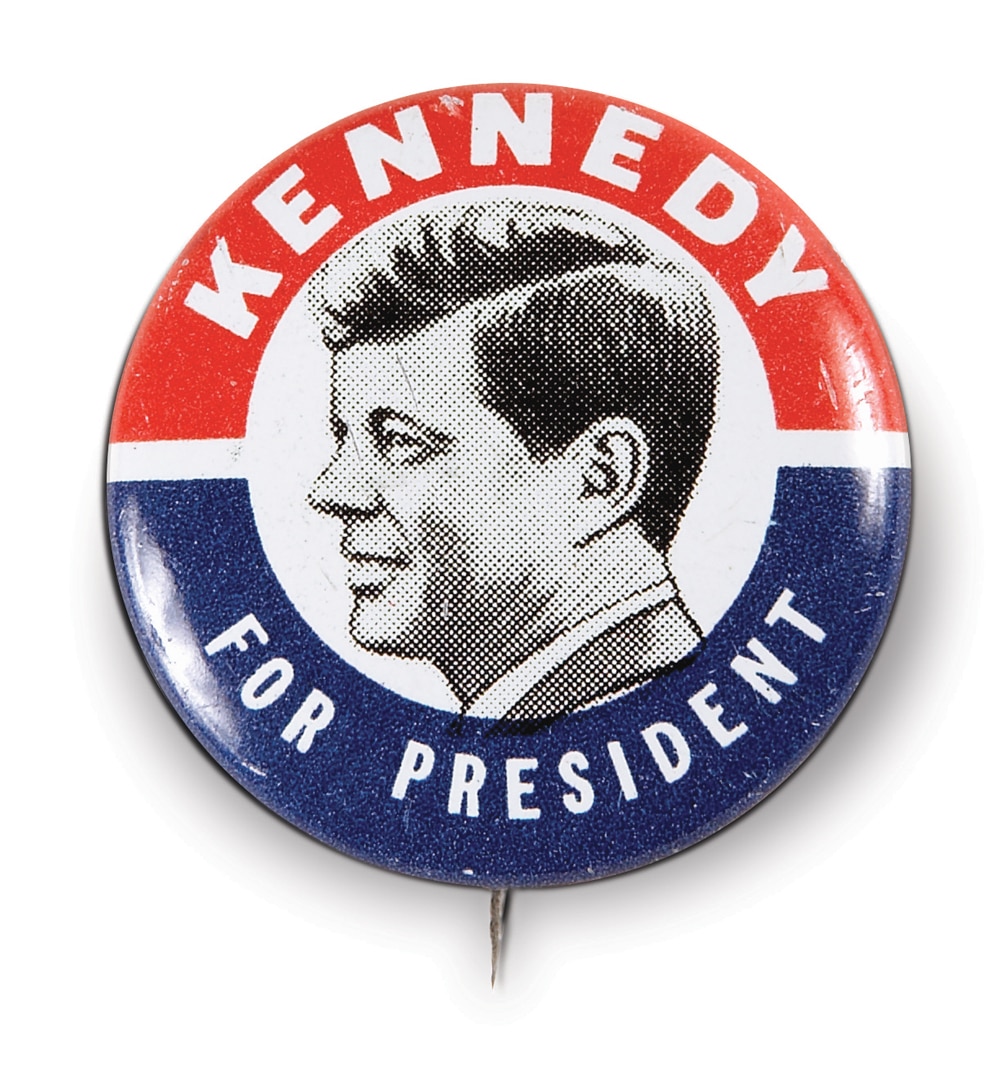
Coffee By Design | Portland, Maine
Photo Credit : Katherine Keenan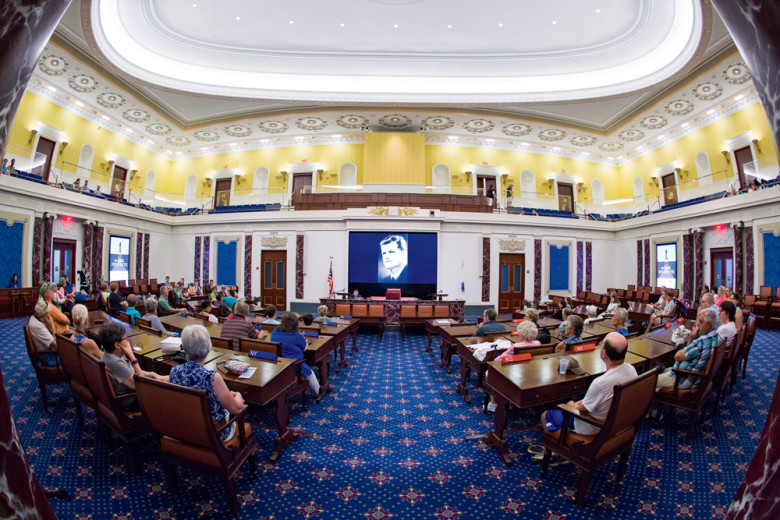
Photo Credit : Eric Haynes/Edward M. Kennedy Institute
Running characteristically late, I slip into my seat just as the Senate chamber comes to order. We are here to discuss a landmark piece of civil rights legislation. Several seats away from me, a freshman senator rises.
“My brother was the first president of the United States to state publicly that segregation was morally wrong,” he says. “His heart and his soul are in this bill. If his life and death had a meaning, it was that we should not hate but love one another; we should use our powers not to create conditions of oppression that lead to violence, but conditions of freedom that lead to peace.”
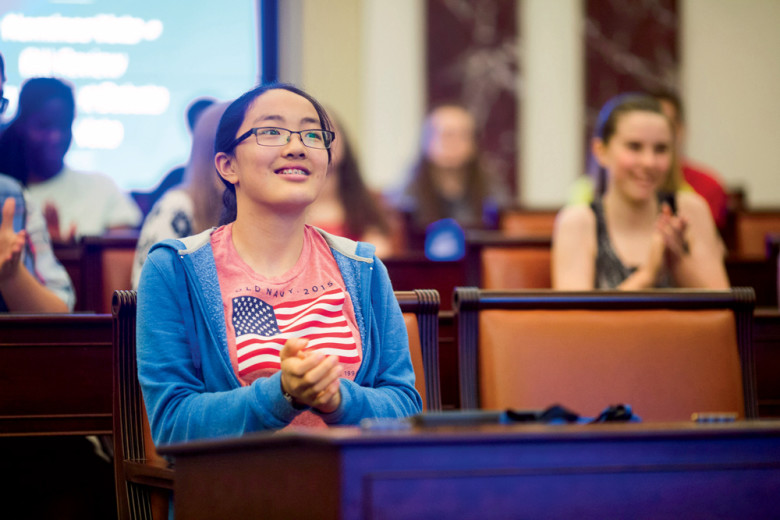
Photo Credit : Eric Haynes/Edward M. Kennedy Institute
I wasn’t, of course, in the Senate chamber in Washington, D.C., on April 9, 1964, when Ted Kennedy spoke those heartfelt words, just 139 days after his brother John had been assassinated in Dallas. However, sitting in the full-scale chamber replica around which the Edward M. Kennedy Institute for the United States Senate is built, listening to an actor voice Kennedy’s first substantive speech from the Senate floor, I had chills nonetheless.
New England has an admirable collection of “living history” museums, but at few of them is history more alive than it is here, on Boston’s Columbia Point, surrounded by Dorchester Bay, where the John F. Kennedy Presidential Library and Museum opened in 1979 and the adjacent Edward M. Kennedy Institute was dedicated in 2015. Together these museums commemorate the closest thing to a political royal family that America has had; more important, they celebrate public service and champion the construct of the U.S. government.
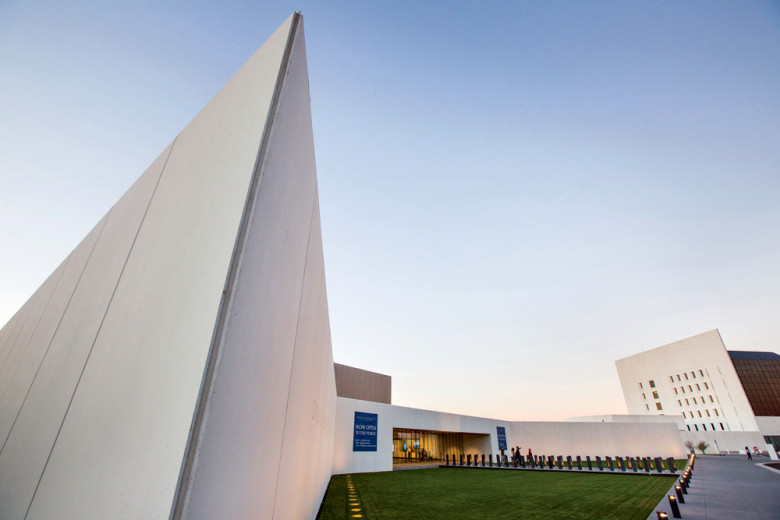
Photo Credit : Eric Haynes/Edward M. Kennedy Institute
Rising up from the waterfront to the north is the JFK Library, a towering glass and concrete structure designed by I.M. Pei. Inside, interactive exhibits transport visitors to the 1960 presidential campaign trail and Democratic National Convention, into the Chicago studio where the first televised presidential debate took place, and into American living rooms as election returns were reported by Walter Cronkite and David Brinkley. A re-creation of the Oval Office is decked out as it was during JFK’s presidency, complete with personal effects and original artwork. You can live through the Bay of Pigs standoff and marvel at the Freedom 7 space capsule (on loan from the Smithsonian), in which New Hampshire astronaut Alan Shepard became the first American to travel in space, landing the first big haymaker of the country’s eventual “space race” victory over the Soviet Union.
Other Kennedys, too, are represented here, in exhibits ranging from a replica of Robert F. Kennedy’s office when he was U.S. attorney general to the outfits of Jacqueline Bouvier Kennedy, whose personal style and role as an international cultural ambassador helped redefine the role of first lady. For an in-depth look at the life and career of the longest-serving Kennedy, however, it’s time to head next door to his 68,000-square-foot namesake institute.
Here the experience is even more interactive, with visitors taking the role of “senators in training” as programming in the Senate chamber alternates between re-creations of historic arguments and real-time debates of contemporary issues. Surrounding the chamber are exhibits that highlight Senate history in general and Kennedy’s epic 47-year career specifically. One charts Senate membership year by year, revealing the body’s evolution and diversity (or lack thereof); another not only explains how a bill becomes a law but also allows the crop of visiting “senators” to deliberate and cast their votes.
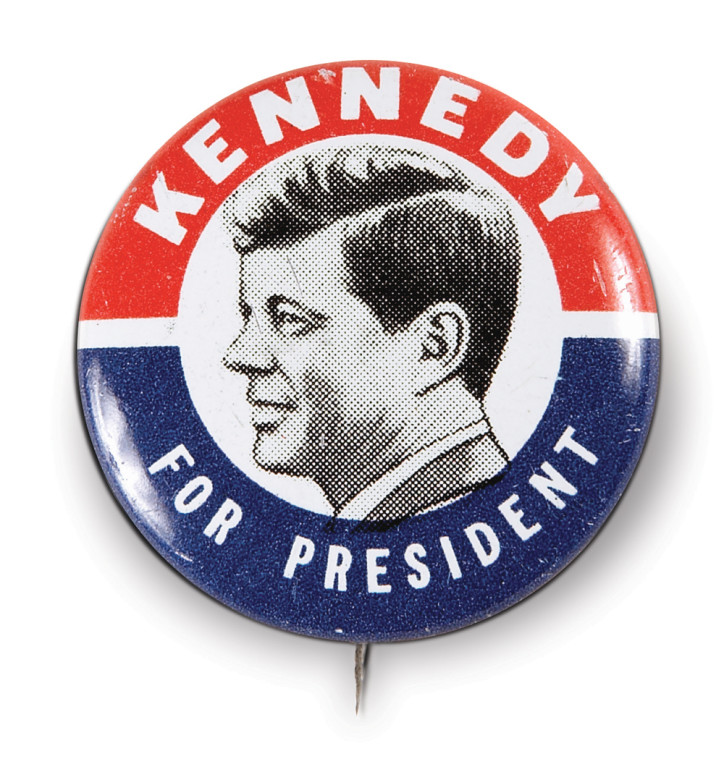
Photo Credit : Joel Benjamin/JFK Presidential Library and Museum
Most significant are the many ways the institute encourages visitors to become more civically engaged. They can review breakdowns of contentious issues and profiles of candidates in upcoming races, for instance, and even fill out “commitment to vote” cards, which the institute will follow up on with email or phone reminders. Both of the Kennedy museums, in fact, preach the message that while politics may divide us, participatory democracy unites us—something well worth remembering in the wake of the 2016 election cycle. By the time my day on Columbia Point was done, I was educated, inspired, and considerably less cynical, if just for the moment.
“In looking back, I would say that I have never regretted my choice of professions, even though I cannot know what the future will bring,” JFK once said. “I hope all Americans, men and women, regardless of what may be their chosen profession, will consider giving some of their life to the field of politics. Winston Churchill once said, ‘Democracy is the worst form of government except for all of the other systems that have been tried.’”
Indeed.
John F. Kennedy Presidential Library and Museum, 617-514-1600, jfklibrary.org; Edward M. Kennedy Institute for the United States Senate, 617-740-7000, emkinstitute.org





